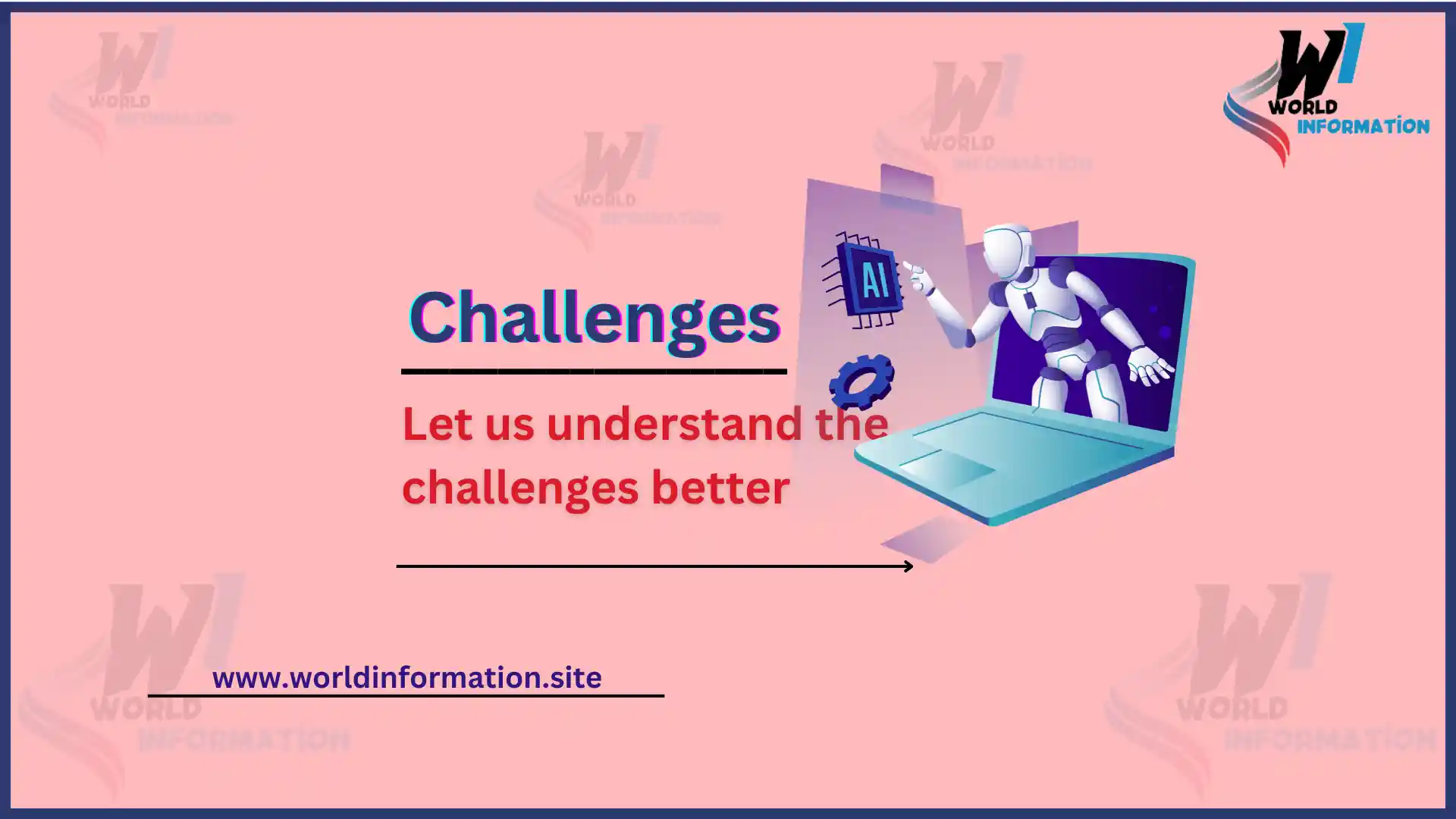In today’s time, education has made a lot of progress, and now AI has come for studies, helping many students in many ways. In one AI’s name is ChatGPT. After the arrival of ChatGPT, it is now easier for children to study and become more accessible. Many children also take advantage of it, but some people believe that the arrival of ChatGPT is affecting children’s thinking abilities. In contrast, some people say that the appearance of ChatGPT is helping children in their studies.
Navigating the Evolution of ChatGPT in Education:
This post will discuss the opportunities, difficulties, and limitations associated with developing ChatGPT in education and how we can overcome them.
ChatGPT and Education: Opportunities
ChatGPT helps not only the students but also the teachers. With the help of ChatGPT, teachers can now impart in-depth knowledge to their students. ChatGPT gives teachers the confidence and ease to teach students, especially those students who are unable to use traditional reading-writing methods filled with word luxuries are unable.
Also, ChatGPT can be helpful for language learning as ChatGPT specializes in answering in every language. It can convert languages quickly, so any student and tutor can understand and learn a foreign language easily and quickly.
Challenges
If ChatGPT has opportunities, then ChatGPT also includes its challenges. If ChatGPT helps in studies, then it also does some harm,
Let us understand the challenges better.
Lack of Continuity: ChatGPT is a machine, so it is sometimes unable to have a personal and emotional conversation with the students.Untimely Responses: Sometimes ChatGPT responses can be untimely, and due to this, students cannot get correct and balanced answers, and students’ time is wasted.

Lack of constitutionality: Although ChatGPT has answers to many questions, ChatGPT needs more constitutionality and logic, so it may be unable to grasp more profound ideas.Lack of personalized support: ChatGPT can find it challenging to interact with students as ChatGPT cannot understand individual needs and problems ChatGPT cannot understand their feelings like a human teacher.
Content quality issue: The quality of content provided by ChatGPT may be lower than that offered by an expert teacher.
Limitations
There are also some restrictions on using ChatGPT that we need to be aware of. Its first issue is that it is a machine and does not have a human mindset. As a result, he cannot communicate with the children at the level of language and understanding that a human teacher can.
Another area for improvement is that ChatGPT cannot convey the material’s value positively as an expert teacher can. This may indicate that there are no ideal teaching methods available in the field of education, and the best teaching for students can only come from local teachers.
What further implications does AI bring to education?
Advances in artificial intelligence (AI) can transform education systems and make them more equitable. This can accelerate the long-awaited transformation of education systems towards inclusive education that will prepare youth to thrive and shape a better future. Additionally, teachers can use these technologies to improve their teaching practice and professional experience.
By automating routine administrative tasks, AI can help streamline teacher workflows, giving them more time to build relationships with students and foster their learning and development. Technology can help teachers reallocate 20-30% of their time to activities that support student learning. The area with the greatest automation potential is one that teachers tackle before they even get to the classroom: preparation. In the four countries studied, teachers spend an average of 11 hours per week in preparation activities.
With effective use of technology, this time can be reduced to only six hours2. We hope that the advent of AI will inspire teachers, students, parents, and policymakers to come together and consider how best to equip our students to deal with uncertainty, solve complex challenges, and shape meaningful futures in a changing economy. How to best prepare for. What skills are required for delivery? This means accepting the challenge of providing an education that promotes agency, awareness, critical thinking, problem-solving skills, engagement, and well-being.
Read:
What people think about ChatGPT in Education Sectors
Open Artificial Intelligence created a comprehensive language model known as ChatGPT. It made a stealthy entry into the education industry a few days back. On the impact of Chat GPT on the world of education, the teachers have expressed two views.
One side says that it is a big platform for learning and interactive learning for students. It is ready to revolutionize the education world. On the other hand, the other side is counting its many disadvantages, like some institutions had banned its use, saying that it would reduce the creative ability of the students.
The former director of IIT Delhi said that every new technology has always brought a transformational change in the education sector. New technology, like industrial revolutions, always sets better paradigms in the educational industry.
Conclusion
In this article, I highlight the development of ChatGPT in education: opportunities, challenges, and limitations. Where education has benefited from the arrival of Chatgapt, there has also been a loss where students are benefiting from Chatgapt. At the same time, some people say that Chatgapt is also harming education.



